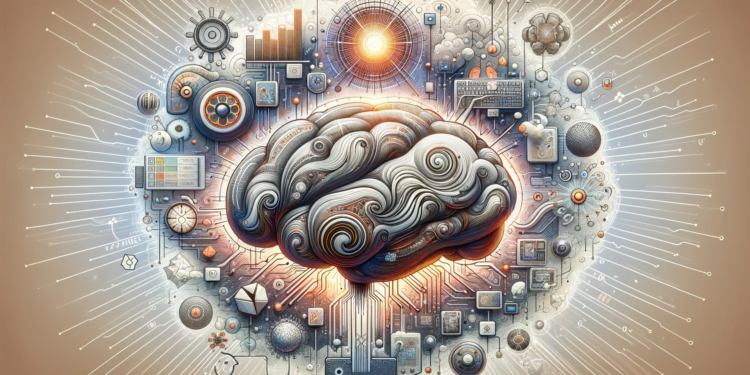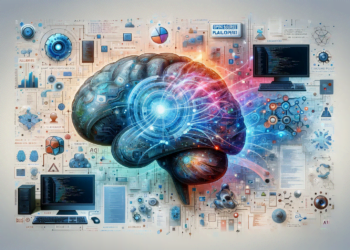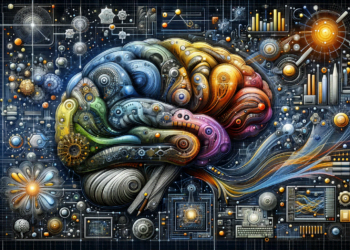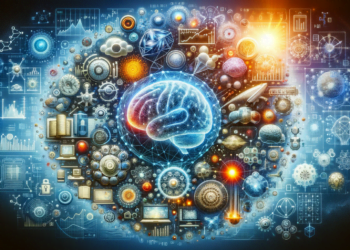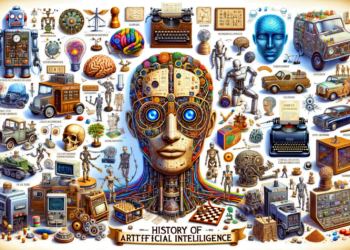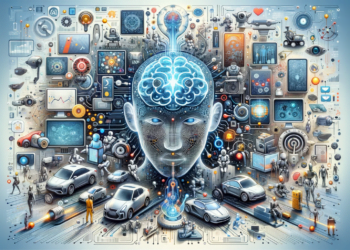The aspiration to design General Artificial Intelligence Systems (AGI) that match or surpass human cognitive ability in all respects has fueled research in the field of advanced AI for decades. At the heart of this ambition lies the construction of systems with enough flexibility to perform common reasoning, a task that has presented a monumental challenge due to the complexity and variability of human “common sense.” This article examines the current development of AGI systems, with special emphasis on their common reasoning capacity and how this is redefining the boundaries of artificial intelligence as we know it.
Theoretical Foundations of Common Reasoning Systems
Common reasoning in AGI involves the ability to apply general knowledge about the world to solve new and unforeseen problems not anticipated by programmers. More traditional AI systems are built from symbolic logic, which revealed its limitations in terms of flexibility and scalability. This situation incentivized a shift toward deep neural architectures, inspired by biological neural networks, which are notable for their ability to learn from data and generalize from examples.
Recent Advances in Deep Learning Algorithms
The latest developments in Recurrent Neural Networks (RNN), and especially in Long Short-Term Memory (LSTM) and Gated Recurrent Units (GRU), have enabled better data sequence processing, crucial for understanding and generating natural language. Additionally, the emergence of Transformers, an architecture that allows models to simultaneously attend to different parts of the data input, has revolutionized tasks ranging from machine translation to deductive reasoning.
Neuro-Symbolic Systems
The fusion of symbolic processing algorithms and deep learning has given rise to what is known as neuro-symbolic systems. These systems seek to combine the generalization capability of neural networks with the explicit reasoning ability of symbolic methods. The result is a reasoning ability that not only identifies patterns in large data sets but also understands the causal relationships between elements. An illustrative example is the neuro-symbolic network dRNN (Differential RNN), which integrates automatic differentiation and fuzzy logic to improve interpretation and prediction in complex temporal sequences.
Incorporation of Memory and Attention
The implementation of memory systems such as Long-Term Memory (LTM) networks and the use of attention mechanisms, which allow the model to focus on relevant parts of the data, are vital advancements to enhance common reasoning. These advances facilitate the retention of important information and its contextualization in new situations, mimicking how people apply past experiences to present problems.
Advances in Natural Language Understanding and Generation
A cornerstone of common reasoning is the ability to understand and generate natural language. Advances provided by language models like BERT (Bidirectional Encoder Representations from Transformers) and GPT (Generative Pre-trained Transformer) have established new paradigms in natural language processing (NLP). These models, trained on vast corpora of text, exhibit skills in reading comprehension, coherent text generation, and even simple reasoning from given premises.
Emerging Practical Applications
The integration of advanced reasoning models into AGI environments has enabled the development of more sophisticated virtual assistants, autonomous vehicles with improved decision-making, and more accurate medical diagnostic systems. Large-scale data analysis with inference capabilities has provided insights in areas from biomedical research to disaster management.
Case Studies
A flagship case study of common reasoning is the application of AGI in natural disaster management. AGI systems can integrate information from a diversity of sources, model potential scenarios, and design optimal action plans, all while adapting in real-time to changes in disaster conditions.
Challenges and Future Projections
Overcoming the barrier of common reasoning in AGI involves solving the representation and manipulation of abstract concepts and their contextual meaning. Customizing learning and adaptability to different cultural and linguistic environments are goals not yet fully achieved.
The creation of specific benchmarks to measure AGI performance in common reasoning tasks is a current area of interest that will provide a more rigorous framework for evaluating progress. Additionally, the understanding and design of artificial consciousness, enabling AGI to have self-awareness and meta-cognitive understanding, is seen as a horizon that might reshape the structure of future artificial intelligence.
Conclusion
The development of AGI systems with robust common reasoning is a frontier that, once reached, will power artificial intelligence towards an operational similarity with human intelligence. Through the evolution of advanced neural architectures, complex neuro-symbolic systems, and profound advancements in NLP, AGI promises radical transformations not only in specific fields of application but also in the understanding of our own cognition and the modalities through which we interact with the world.

